 Study finds Potential Use for Zinc Oxide Nanoparticles for Fertilizer Feedstock
11. 28. 2017
#Fertilizer feedstock
Study finds Potential Use for Zinc Oxide Nanoparticles for Fertilizer Feedstock
11. 28. 2017
#Fertilizer feedstock

Researchers have completed a comparative study of how zinc oxide, zinc oxide nanoparticles, and zinc sulfate affect plant growth. And while the results are not entirely conclusive, they do suggest that zinc oxide nanoparticles have a role to play in agriculture.
Zinc oxide already has a wide variety of uses, being used as a raw material feedstock in paint, rubbers, plastics, ceramics, glass, cement, lubricants, ointments, adhesives, sealants, pigments, foods, batteries, ferrites, and fire retardants. If it now has a potential use as a fertilizer feedstock, then chemical suppliers and buyers will have to consider how this will affect future zinc oxide prices.
The study was conducted at Madrid’s School of Agricultural, Food and Biosystems Engineering (ETSIAAB) from UPM in collaboration with researchers from the Ecotoxicology group of INIA, and focused on the effect of zinc oxide, zinc sulfate, and zinc oxide nanoparticles on tomato and bean plants.
The results from using nanoparticles were especially promising, as they raised the possibility of gaining the zinc oxide’s “good fertilizing properties as a source of zinc micronutrient” without posing a toxicity risk.
The research is part of a new wave of agricultural analysis on chemicals used in nanoparticle form. As the online scientific journal, Science Daily, notes, “The deliberate application of nanoparticles in agriculture is promising. Due to their small size, nanoparticles have different properties from the same material in their regular size.”
Interest is particularly high around zinc oxide, as the journal highlights, “Essentially, they [zinc oxide nanoparticles] have a high specific area and a high surface energy that produce changes in its physicochemical, optical and electrical properties, as well as a high reactivity. These characteristics can help achieve improvements in agronomy, for instance, to develop more efficient formulations of fertilizers and phytosanitary. More specifically, there is a growing interest in the use of zinc oxide nanoparticles in agricultural formulations by either using their good properties as an ultraviolet light blocking substance or using their fertilizer properties as a source of zinc micronutrient. This micronutrient is essential for the development of plants because a lack of zinc reduces both performance and nutritional value of crops.”
However, one downside with using nanoparticles, is that they can create toxicity from “free radicals or reactive oxygen species that can cause oxidative stress in organisms”.
The research also studied the impact on tomato and bean plants of zinc oxide and zinc sulfate used in regular, ‘bulk’ form.
The results, reported in the peer-review journal Science of the Total Environment, show that zinc oxide nanoparticles can affect oxidative stress biomarkers. Although the researchers note that, “the effects were highly dependent on the plant species, exposure time and especially soil type [pH]. In general, the effects were higher in the acidic soil than in the calcareous soil for the bean and the opposite for the tomato.”
The highlighted research results include:
-
pH is a driving factor for ZnO nanoparticle’s toxicity, but its effect depends on plant species.
-
Overall, ZnO nanoparticle uptake, toxicity and stimulation are similar to ion Zn and ZnO bulk.
-
Under experimental conditions ZnO nanoparticles do not constitute a nano-specific risk.
Overall, while the results did give positive results for the use of zinc oxide nanoparticles as a fertilizer feedstock without excessive toxicity, further research is still needed. As research team member Ana Obrador concludes, “from the experiments carried out so far, we cannot conclude that the use of zinc oxide nanoparticles in fertilizers provides additional advantages compared to the compounds used traditionally. We need to keep studying other variables such as the distribution of zinc used in the soil and plant, as well as to carry out other tests with different soils and different types of nanoparticles (such as different sizes and coatings).”
So, while there is still much work to be done, zinc oxide nanoparticles may have a promising future as a fertilizer feedstock. Something that fertilizer manufacturers and zinc oxide buyers would do well to watch out for.
AG CHEMI GROUP has been supplying fertilizer feedstock since 1994. It is also a global supplier of industrial quantities of zinc oxide.
If you are interested in zinc oxide prices, or need fertilizer raw materials, then please contact the friendly, multi-lingual sales team, or take a look at the AG CHEMI GROUP catalogue.
Photo credit: Demetrio González Rodríguez, Universidad Politécnica de Madrid, FertilizerBoosters
